| Columns Retired Columns & Blogs |
Your prices are a bargain, by the way. Thanks for that.
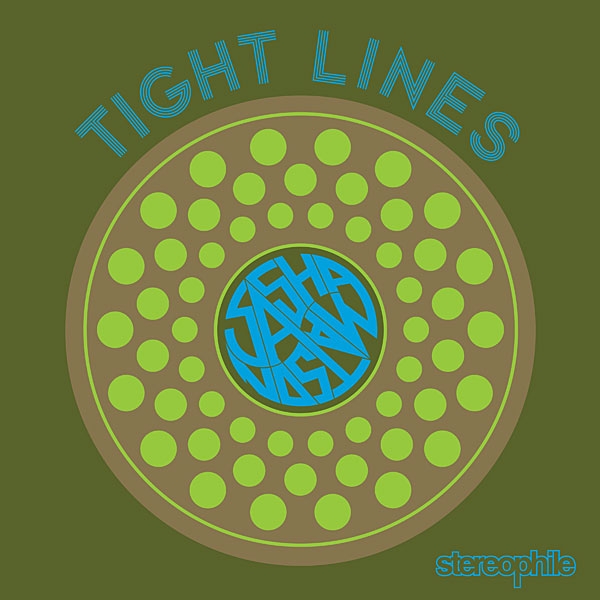
Back in 2011, composer Sasha Matson asked John Atkinson to produce his jazz opera about baseball, Cooperstown, which was released on Albany Records and was subsequently chosen by music editor Robert Baird to be our "Recording of the Month" for April 2015.
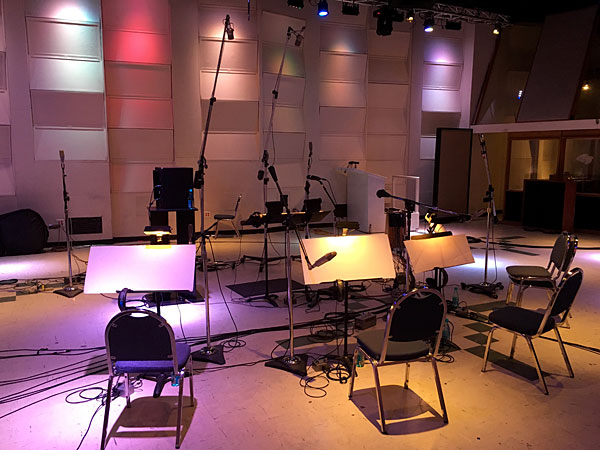
Following the release of Cooperstown, Sasha was putting together a program of his music for various chamber ensembles (see sidebar, "The Music"), and once again asked JA to produce the project, this time for Stereophile. The result is Tight Lines, available on CD, a 180gm LP, and as a high-resolution (24-bit/96kHz) download (downloads available shortly), from the Stereophile Shop and, we plan, from on-line music retailers.
Art Dudley on the Music
Some composers are attracted to the purely abstract, but not Sasha Matson: "All of these works on Tight Lines are deliberately programmatic," he says. "Not only stories, but watercolors and oils and film—all play a role. I am comfortable in this mode, utilizing the experience I gained from years of scoring for film and media."
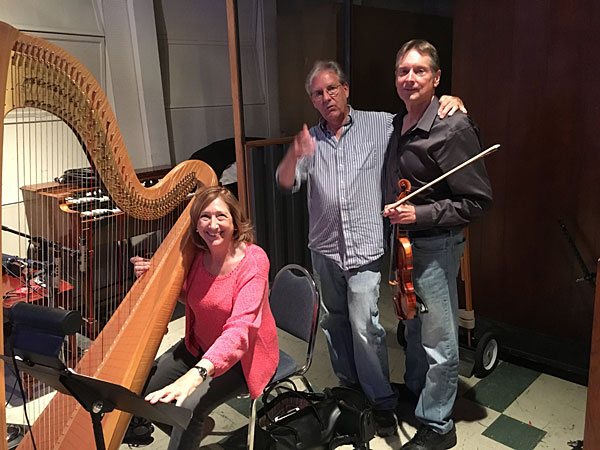
Of the four movements comprising Sasha Matson's Tight Lines suite, the first I heard was Headwaters, a hypnotic piece whose sustained melody notes, rhythmic underpinnings, and unexpected chord changes suggest a journey in which discovery follows discovery. When Sasha told me the title he'd chosen for the suite—the source is a quotation from noted angler and former President George H.W. Bush, who used the phrase as a good-luck greeting—I thought of my then-most-recent trip to the Hazel Bridge Pool, near the junction of the Beaverkill River and Willowemoc Creek: the holiest of holy sites for fly-fishing in upstate New York. Even on a gray winter's day, even in the comfort of Sasha's fine old Victorian house in Cooperstown, New York, the music's pull made me think of standing chest-deep in cold, rushing waters, while scattered notes on the celesta suggested brightly colored leaves dropping all around me to the surface. (Or were they midges?)
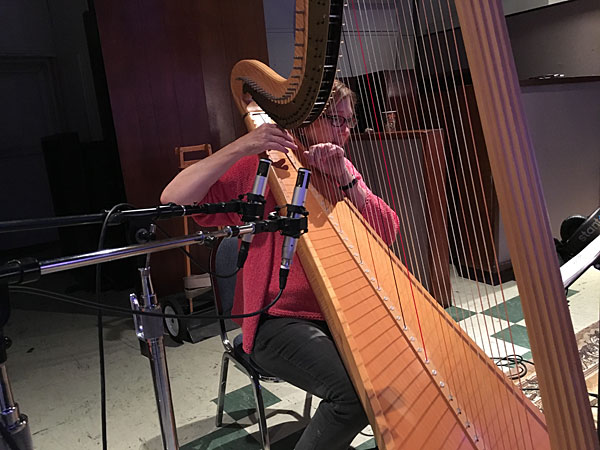
I had to wait another year before hearing the rest of the suite, of which Headwaters became the opener. From there, cello, double bass, and the piano's lowest register set a tone of mystery and anticipation for the appropriately titled Dark Pool. Sitar-like glissandos—actually the sound of a plectrum raked across the strings of a piano—add to the tension, broken by a stark piano chord and the first of many portamento figures in the double bass: what is lurking in those still, deep pools?
Suspense gives way to action in the third movement, Jigging the Reel, whose title is a play on words: To an angler, jigging refers to the fine art of tugging the bait or lure vertically, rather than laterally, through the water. As the movement's placid opening bars—they call to mind the introduction to Vaughan Williams's The Lark Ascending—progress to a stately dance, massed strings put a jump in the beat, and Jigging the Reel becomes an actual jig for modern ears. The final movement, Rise to the Fly, Run to the Sea, opens with gently insistent chords that call to mind water lapping at the shore, before building to a powerful climax—and then release, as in catch and . . .
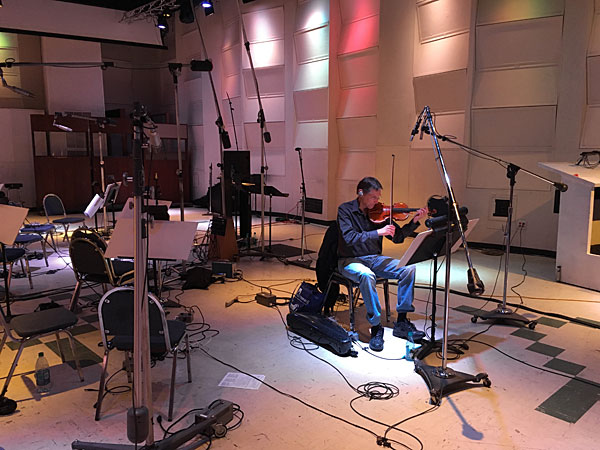
Sasha says of this suite, "It has been my pleasure to get to know the Beaverkill through property owned by my in-laws. My two sons have learned to fly-fish there. This four-movement work musically heads downstream . . . through various pools, waterfalls, riffles, and runs, and eventually into the sea." Indeed, as I listened, I couldn't help thinking of the famous quote attributed to Mahler, uttered when the visiting Bruno Walter paused to admire the mountains visible near the composer's retreat in the Austrian countryside: "Don't bother to look, I've composed them already." And so it is here—although no one, least of all Sasha Matson, would want you to miss seeing the beauty of rural New York for yourself.
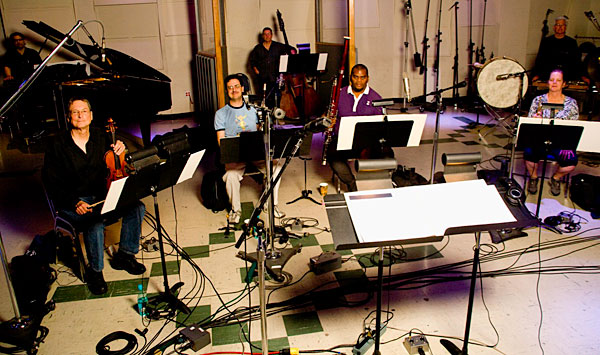
When I first met Sasha, he was teaching a course titled Music in Film—for which he drew on his own experience scoring for films when he lived in his native California. This experience informs Cut to Bar Interior, for piano and string quartet, which has a sense of drama both vivid and ever-changing. (Notwithstanding the work's occasional glimpses of humor, after my first listen I felt somewhat emotionally drained.) The work also harks back to when Sasha lived in the American south—a part of the country where, as he puts it, "Country & Western music is the rule, not the exception." As a result, the piano line in this piece contains turns and triplets that bring to mind the archetypal C&W pianist Floyd Cramer.
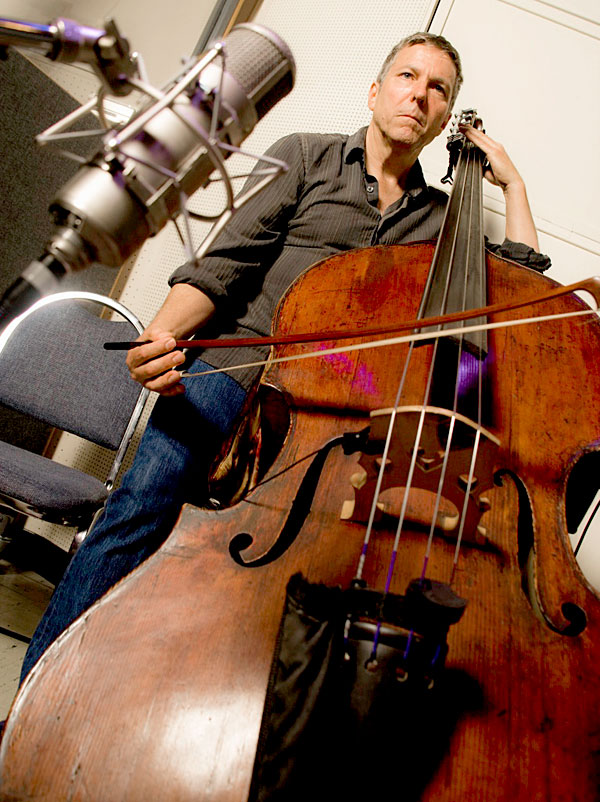
Annunciation, for violin, harp, and electronic delay, is a work in three movements—Presence, Annunciation, and Reflection—inspired by the painting Annunciation with Saint Margaret and Saint Ansanus (1333), by the Sienese painter Simone Martini (ca 1284–1344). Sasha's original version of Annunciation, from 1985, was scored for violin, Casio keyboard, and an Echoplex tape-loop device; he revised it in 1991, after which a demo version was recorded by violinist Peter Kent and his wife, harpist Amy Shulman. Since then, according to Sasha, "music technology has caught up with the intent of the work. The echo delay that sets the tempi for the three movements and is part of the texture can now be created at the same high-resolution quality as the original sound: there is no longer a difference in quality between the two signals. It also gives me pleasure to now record a definitive version of this piece with the same friends and musicians who recorded a demo version for me 25 years ago!"

Your prices are a bargain, by the way. Thanks for that.

AD has written a great piece on this excellent score and performance, so I will not try and add to that. What I would ask you to do do not listen to this music the first couple of times as background music. Take some personal time and let this music and performance take you someplace, as it did me.
The Key here for me is Mr. Matson's scoring experience which is in full bloom here. Have a seat in your favorite listening chair with your favorite beverage and let the music transport you somewhere in your mind's eye. It will.
Some of the tracks will have abrupt time changes that will quickly take you from one place to another if you let it. Each of the three days that I spent listening to the entire CD my mind took me somewhere else, some affected by my day's events and others just because I allowed it to remind of some other place and time.
I often thought how some of the tracks would have fit right into two of my favorite movies: The King's Speech and The Book Thief; not that there was anything wrong with either of the musical scores of those movies, as there is not and I enjoy them, but it does prove to me that there might not be a definitive score of any movie...that another composer might have a slightly different take that would work just as well.
I am not going to point out any particular tracks as I don't want to spoil it for anyone, but enjoy coming to your own conclusions as to what images can be conjured up by each listener as they enjoy this great music recorded especially well.
I think that this is one of the best sounding CDs in my collection. I am just not one of those folks who is down on digital. I will buy the 2496 version when the download is available and what I expect is what I hear in my consumer grade home studio...2496 sounds great and analog like to me. I do find 24192 even better, but it is marginally so and often very hard to discern the improvement to my nearly 70 year old ears. I can easily hear the improvement in 2496 over redbook in terms of space around the instruments and a smoothness that is unmistakable. I look forward to it.
I also have to say that this CD has to be one of the bargains of the year and every Stereophile subscriber needs this if for nothing else than an academic exercise, but you will find it is much more than that and you will listen to it many times over.
Enjoy the score to the movie that your mind's eye will take you. Great fun.